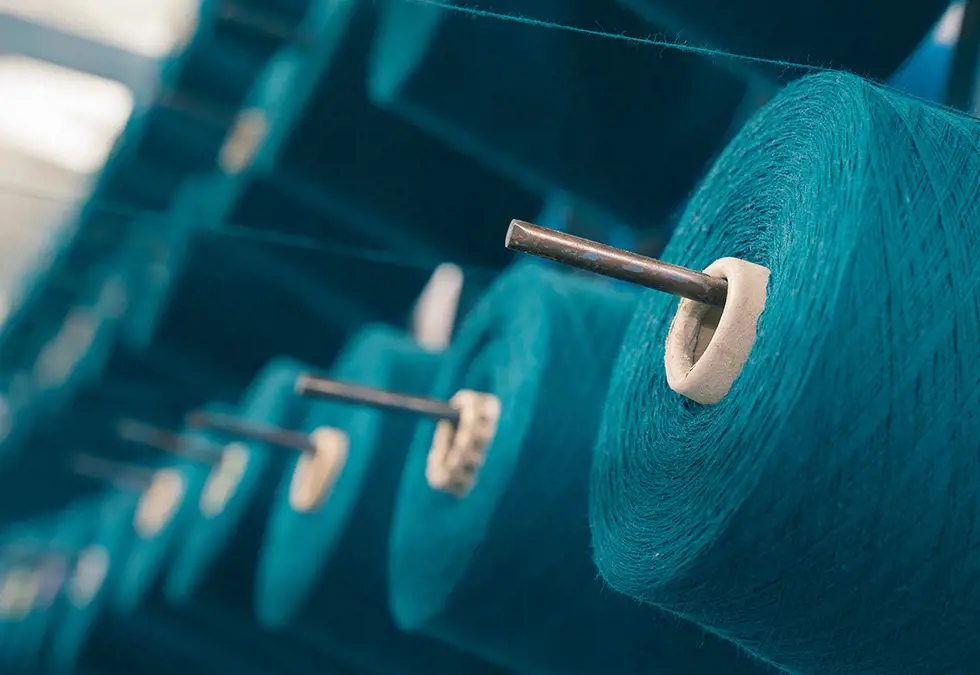We are delighted to have contributed to the International Comparative Legal Guide - Class and Group Actions 2025. The full version of our publication, ‘Class Action Risks in Products 2025’ can be accessed here.
Introduction
The products of today are infinitely more complex than the products of years past – and the risks posed by these products, in terms of actual harm and legal exposure under product laws, are correspondingly amplified and diverse. Today’s products present unique risk profiles based on their inherent features, for example:
- Devices connected to the internet can introduce a wide range of additional potential harms based on having data accessible to a wide range of people, and/or having access to the internet. Cybersecurity and privacy breaches are a daily risk assumed by modern-day product users.
- Computers are now also able to think for us, via machine learning and artificial intelligence (“AI”), making products less predictable. The interaction between software and hardware, and unexpected or uncontrolled interactions between them equally give rise to novel legal risks.
Additional legal risks are also being introduced by scientific advancements, as well as a more discerning general societal expectation:
- Scientific progress has brought to light that some products contain chemicals and substances used in previous generations that are, in fact, unsafe and/or damaging to human health.
- Consumers and society as a whole value the environment, and seek to minimise their contribution to any negative impact on the environment. The market has responded by creating products purporting to be environmentally friendly, or similar. False or misleading claims by product manufacturers or distributors in relation to environmental credentials are increasing, with legislators globally introducing new laws aiming to stamp out this behaviour.
- Increased reliance on online sales can result in problems if those responsible for manufacturing the product are overseas, or there are additional harms introduced by the online environment, such as harassment or cyberbullying.
Given the wide-ranging impact of these issues on a broad span of product users, it is unsurprising that “class actions” are increasingly the preferred mechanism of consumers for legal redress for these issues. Often described as “group” or “collective” actions, these are procedural mechanisms which enable a group of individuals with similar or common interests to bring claims against one or multiple defendants. These mechanisms have been particularly favoured for litigation in the product liability space, given the large classes of potentially affected individuals if a product is found to be defective. As we continue to see a proliferation of risks in modern-day products, the number, size and complexity of collective actions is expected to continue to rise.
In our chapter, ‘Class Action Risks in Products 2025’, Samantha Silver, Emilie Civatte, Ed Gibson and Paula Margolis examine how collective redress has been used to address current, and likely future, product risks and legal exposures.

 United Kingdom
United Kingdom